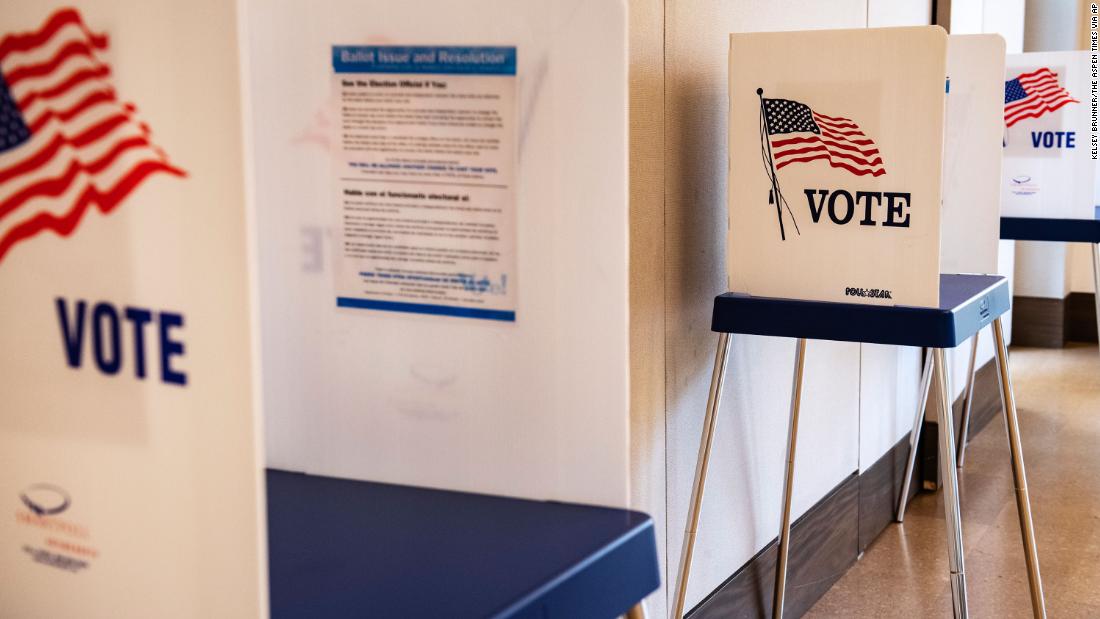
While early voting can't tell us the eventual outcome from this election, we can say that the data we're seeing so far in the early vote are consistent with what the pre-election polling has indicated.
In other words, nothing in the early vote data makes me doubt the pre-election polling data. This is a good sign for those hoping that the polling miscues of 2016 don't repeat themselves.
Let's just start with the simple fact that so many voters are turning out. For well over a year now, I've been arguing that we are going to see record turnout. The reason is that many more voters said they were enthusiastic and certain that they were going to vote in this election than usual.
Our most recent CNN/SSRS poll, for instance, found that 88% of registered voters said they were likely to vote. That's up from 83% from a similar CNN poll taken in October 2016.
A model put together by FiveThirtyEight based primarily on how enthusiastic voters say they are is forecasting the same thing. They have turnout reaching 154 million people. That's up from a little less than 140 million in 2016.
As a percentage of the voting eligible population, we could be looking at the highest turnout for a presidential election since 18 year olds got the vote in 1971.
A side effect of high turnout is that it has the potential for making the polls more accurate as well. A lot of problems in polling can come from trying to figure out which voters are more likely to actually turn out and vote. That's why polls are often less accurate in primaries and municipal elections, when turnout is lower.
It's easier to know if someone is a registered voter than if they're a likely voter. If turnout is higher, the likely voter universe has a better chance of matching the registered voter universe.
The NBC News/Wall Street Journal poll this year, for instance, hasn't even published a likely voter result.
The turnout from places like North Carolina and Florida look to be confirming another important trend in the polling: Republicans are much more likely to turn out in-person, while Democrats are more likely to vote by mail.
Democrats leaped out to a large lead in mail-in voting in Florida and North Carolina. The same has been true in other states such as Pennsylvania.
But look at what is happening in North Carolina and Florida, when comparing the early in-person voting in those states to the mail-in voting.
In both states, the in-person voting bloc is significantly friendlier to Republicans than the vote-by-mail portion of the electorate. In Florida, Republicans are making up a larger chunk of in-person early voters than are Democrats. This is the reverse of what we've seen in prior years.
Again, this generally conforms to the expectations of those following the polls.
I should point out that none of these facts guarantees the polls are going to be right on the money. In politics, the difference between 48% and 51% is all the difference in the world.
Still, the data we're seeing leads me to believe that we shouldn't be anticipating a polling miss in one direction or another. If one does occur, it's going to be some yet undiagnosed reason.
"how" - Google News
October 27, 2020 at 08:38PM
https://ift.tt/3oywCl5
How early voting is consistent with the polls - CNN
"how" - Google News
https://ift.tt/2MfXd3I
Bagikan Berita Ini














0 Response to "How early voting is consistent with the polls - CNN"
Post a Comment